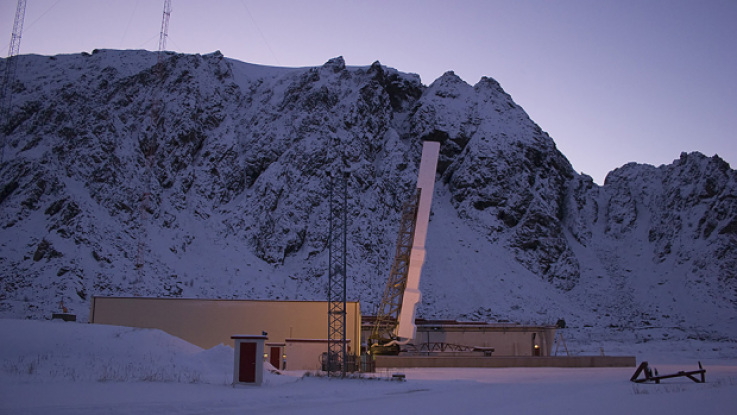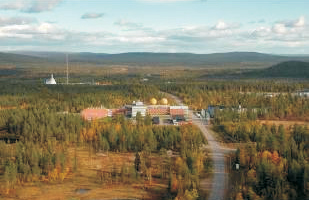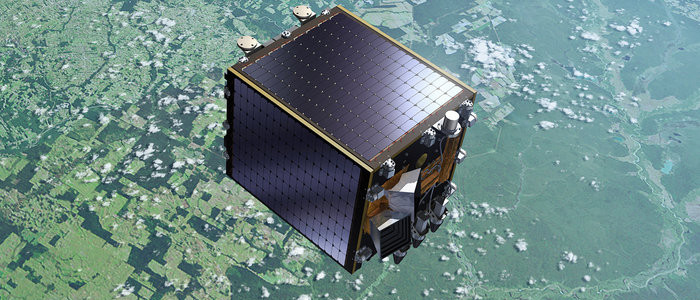Using small satellites has increased in numbers over the years in the scientific community, and in the planning and developing phase there are hundreds of very good projects worldwide. However, launching them is becoming increasingly more difficult, and the most costly part of a project.
There are several possibilities available, piggybacks at a large launcher, releasing from the International Space Station after launch at a resupply mission, or with dedicated small launchers. The two first are closely connected to the main project’s timeline, orbit and competition with other similar projects. Using small dedicated launchers is the best, but few possibilities exist today.
However, the increasing need for launch capacity provides a market where developing small dedicated launchers is commercially interesting. The prognosis for launching satellites, weighting 1 to 50 kg, is estimated to be around five hundred satellites in 2020 compared to two hundred in 2015. The high number really requires launchers adjusted to the special market, and new types of launchers and alternative launch areas are under way.

Existing launch pad at Andøa Space Center. Credit: Andøaya Space Center.
Both Norway and Sweden have launch sites where there are possibilities for launching small satellites without the large investments – and both countries also work with plans for developing their launch sites to launching such satellites. Today, sounding rockets are launched from Esrange and Andøya Space Center, respectively in northern Sweden and Northern Norway. In addition, Norway provides launching sounding rockets from the Svalbard archipelago.
The two first places can be launch areas for small satellite mission during the next years if the necessary decisions are taken. Both places have ideal placings to launch satellites to near polar orbits.
Today, Norway has taken the leading position in developing the service. Not only do they provide a launching place, they also work hard to be able to launch the payloads with launchers produced in Norway – a complete service for launching 20 kilogram satellites to Low Earth Orbit.

Esrange in Northern Sweden, with launching place for sounding rockets in the background. Credit: SSC/Esrange
Sweden has not had the same progress, but a part of the developing project “New Esrange” is to plan such a launch site. The infrastructure for a launching place is estimated to cost around 500 mill Swedish crowns, or 50-60 mill Euros.
For both, the possibilities and market are there.
However, the Nordic countries will get competition from launching places in the south. The U.S.-New Zealand company Rocket Lab Ltd. has been selected to build a launch site at the east coast of New Zealand, south of the town Christchurch. Their primary goal is to launch satellites up to 100 kg to near polar orbits. The site will be ready for the first launch late this year, however, this is a sounding rocket launch, and satellites will be the next step.
Featured photo. PROBA V satellite. Credit: ESA.


